This article is taken from PN Review 101, Volume 21 Number 3, January - February 1995.
The Survival of Theory II: Overstanding the Text
For a long time, advanced critics have been in the happy position of knowing and understanding more about works of literature than their authors. Although ignoring or overriding the intentions of the author became a matter of critical honour when the Intentional Fallacy was identified as an occupational hazard to be avoided by sufficiently strong-minded critics - see for example W. Wimsatt and M. Beardsley, 'The Intentional Fallacy', in D. de Molina (ed.) On Literary Intention (Edinburgh University Press, 1976) - the tradition of looking past the author to the unconscious background of the work is a wide one. Several varieties of unconscious are available for the critic to draw upon: the Political Unconscious, the Psychological Unconscious, the Social Unconscious and the Linguistic Unconscious are only the most prominent - available to Marxist, Psychoanalytical, Sociological and Structuralist critics respectively. There is thus a variety of things for the critic to do, other than to try to see what the author wanted to achieve and how successful he/she had been in achieving it - or the more humble and extremely useful task of explaining to the reader references, allusions, terms, traditions etc. that might be unfamiliar. The critic is a judge rather than a scholar and judges the work on his/her own terms not those of the work or its author. 'Purely' aesthetic judgement is unfashionable. So Marxist critics, for example, have been able to see where the work fits in the scale of political correctness, the extent to which ...
The page you have requested is restricted to subscribers only. Please enter your username and password and click on 'Continue':
If you have forgotten your username and password, please enter the email address you used when you joined. Your login details will then be emailed to the address specified.
If you are not a subscriber and would like to enjoy the 292 issues containing over 11,700 poems, articles, reports, interviews and reviews,
why not subscribe to the website today?
